Heritage plant exchanges have gained significant popularity among gardeners and plant enthusiasts looking to expand their collections while preserving rare and unique varieties. However, navigating the complexities of these exchanges can be overwhelming, especially when considering the 3-year rule, understanding the differences between heirloom and heritage plants, and adhering to exchange rules. For many, accessing free plant resources near you or exploring government plant distribution programs can seem daunting. This guide offers a comprehensive overview of heritage plant exchanges, helping you maximize your participation while avoiding common pitfalls. From understanding seed savers exchange controversy to discovering free gardening supplies near you, this article provides actionable insights and resources to make your gardening journey more rewarding. Whether you’re new to heritage plant exchanges or seeking advanced tips, this guide ensures you stay informed and connected to the best practices in the field.
Key Takeaways
- Get Free Plants from Friends and Neighbors: Seek plant cuttings from friends, family, or neighbors to add to your garden without cost.
- Explore Community Gardens: Visit local community gardens for free plants, often available during special events or open days.
- Join Seed Swaps: Participate in seed swap events or online communities to exchange seeds and expand your gardening collection.
- Utilize Botanical Gardens: Take advantage of free plants offered at botanical gardens, usually during specific events or programs.
- Engage with Plant Societies: Become a member of local plant societies or gardening clubs for opportunities to exchange plants.
- Discover Heirloom Resources: Visit OldSeed.org for heirloom plants and sustainable gardening guides.
- Access Government Nurseries: Locate nearby government-run nurseries to inquire about free plant options.
- Contact Local Offices: Reach out to city or town halls for information on horticulture departments offering free plants.
- Explore Community Partnerships: Look for collaborations between government agencies and community groups for free plant distributions.
- Use Online Resources: Check OldSeed.org for additional information on government plant distribution programs.
- Apply for Government Programs: Register for USDA programs like the Conservation Reserve Program for free seeds.
- Verify Program Legitimacy: Ensure government initiatives are official before participating to avoid scams.
- Secure Free Gardening Supplies: Obtain free seeds, mulch, and compost from local governments.
- Leverage USDA Programs: Participate in the Conservation Reserve Program for free gardening resources.
- Collaborate with National Organizations: Join efforts with the National Garden Bureau for free seeds and kits.
- Engage with State Departments: Contact state agriculture departments for giveaways and discounts on gardening materials.
- Participate in Non-Profit Initiatives: Access free seeds through partnerships with organizations like Seeds of Change.
The 3-Year Rule for Plants
The “3-Year Rule” is a helpful guideline for understanding the growth cycle of perennial plants. This rule outlines how perennials behave during their initial years in the garden:
- Year 1: Establishing
In the first year, perennials focus on establishing their roots and getting settled in their new environment. They may not produce many visible flowers or foliage during this time. This phase is crucial for their long-term health and survival. - Year 2: Creeping and Spreading
During the second year, perennials begin to creep and spread. They grow taller, develop more robust stems, and produce more leaves. This stage prepares them for the vigorous growth and flowering in the following year. - Year 3: Blooming and Thriving
In the third year, perennials reach their full potential. They produce abundant blooms, dense foliage, and strong, healthy stems. This is typically when they look their best and require the least maintenance.
By following the 3-Year Rule, gardeners can better understand and manage the growth cycles of their perennials, leading to healthier, more beautiful plants over time. Remember, patience and consistent care are key to enjoying the full beauty of perennials in your garden.
What is the difference between heirloom and heritage plants?
Heirloom and heritage plants are both types of traditionally grown plants that emphasize genetic stability and historical significance. However, they differ slightly in their origins and connotations:
- Heirloom Plants :
- Heirloom plants are typically defined as plants that have been passed down through generations.
- These varieties often exhibit unique traits, hardiness, and adaptability to specific climates.
- Heirloom seeds are usually open-pollinated, meaning they can reproduce naturally without human intervention.
- Examples include old-fashioned tomato varieties and heirloom corn.
- Heritage Plants :
- Heritage plants share many similarities with heirlooms but may carry additional cultural or ethnic significance.
- These plants often have a direct lineage to particular regions or traditions, making them cherished for their historical context.
- For instance, certain bean varieties like Romano beans are considered heritage due to their ties to Italian culture.
Key Differences:
– Geographical Usage : “Heirloom” is more commonly used in North America, while “heritage” is favored in the UK.
– Cultural Significance : Heritage plants may hold deeper ethnic or cultural importance, whereas heirlooms are often valued for their historical continuity.
Both terms reflect a commitment to preserving biodiversity and promoting sustainable gardening practices. By growing heirloom or heritage plants, gardeners contribute to the preservation of timeless varieties while enjoying their unique characteristics.
For more information on heirloom and heritage gardening, visit Old Seed .
Rules for Plant Exchange
To ensure a smooth and enjoyable plant exchange experience, it’s important to understand the basic guidelines:
- Bring Plants or Cuttings: Participants are encouraged to bring plants, seeds, or cuttings from their gardens. These can include heirloom varieties, rare species, or plants that are difficult to find locally.
- Plant Accessories: While not mandatory, participants may also bring pots, planters, soil, fertilizers, or gardening tools. These items can be traded or sold separately.
- Exchange Process: The exchange typically works on a “swap” basis. For every item you bring, you receive one item in return. Larger collections or unique plants may allow for more complex swaps, depending on availability.
- Respect and Fairness: Always treat others with respect and ensure fair trades. Avoid overvaluing your plants or making unfair offers.
- Preparation: Research participants beforehand to gauge the type of plants available. Prepare a list of plants you wish to acquire and have questions ready for the attendees.
- Timing and Location: Arrive early to explore the selection and engage with other participants. Familiarize yourself with the venue to make the most of your time.
- Document the Experience: Take photos or notes of the plants you trade. Sharing these on social media or gardening forums can help spread awareness of the event and encourage future participation.
For those interested in learning more about sustainable gardening practices, visit our Sustainable Gardening section. We offer valuable resources and guides to help you get started with heirloom gardening and preserving biodiversity.
How to Obtain Free Plants
Obtaining free plants can be a rewarding way to enhance your garden without spending much. Here are several effective methods:
- Seeking Plant Cuttings: Ask friends, family, or neighbors who have green thumbs for plant cuttings. Many gardeners are happy to share their extras.
- Visiting Community Gardens: Check local community gardens or botanical gardens where they might offer free plants or seeds during events or open days.
- Participating in Seed Swaps: Join local seed swap events or online communities where fellow gardeners exchange seeds and plants.
- Local Botanical Gardens: Some botanical gardens offer free plants or seeds for visitors to take home, often during specific events or programs.
- Plant Societies: Become a member of local plant societies or gardening clubs, which may provide opportunities to exchange plants or seeds.
For those interested in heirloom or rare plants, OldSeed.org is a valuable resource. They specialize in preserving traditional gardening methods and offer guides on sustainable planting techniques.
How to Get Free Plants from the Government Near You
To obtain free plants from the government near you, follow these organized steps:
- Visit Local Government Nurseries: Start by locating a nearby government-run nursery. These facilities often distribute plants for environmental and community gardening purposes. Approach the manager or staff to inquire about available free plant options.
- Contact Local Offices: Reach out to your city or town hall. Many municipal offices have horticulture or parks departments that manage plant distribution programs. Call or visit their website for details on eligibility and availability.
- Explore Community Partnerships: Look for local community gardens or environmental groups that partner with government agencies. These collaborations may offer free plants as part of their initiatives, often requiring participation in community service activities.
- Utilize Online Resources: Visit platforms like OldSeed , which provides resources on heirloom gardening and sustainable agriculture. Check their website for links to government plant distribution programs in your area.
- Apply for Government Programs: Some government initiatives require registration or application. Visit official government websites or contact local agricultural extension services to find out about any ongoing programs offering free plants.
- Verify Legitimacy: Before participating, ensure the program is official by checking official government websites or contacting verified officials. Avoid scams by sticking to recognized channels.
By following these steps, you can access free plants from government initiatives, supporting environmental efforts while enhancing your gardening projects.
How to Get Free Gardening Supplies from the Government
Securing free gardening supplies from the government can be a rewarding endeavor for aspiring gardeners. Many federal, state, and local government programs offer complimentary resources to support community gardening efforts. Below are several effective ways to obtain free gardening supplies:
- Local Governments : Contact your city or county government offices. Many local authorities provide free seeds, mulch, and compost for community gardens. Some counties also offer compost made from tree trimmings.
- USDA Programs : The United States Department of Agriculture (USDA) offers the Conservation Reserve Program , which provides free seeds and other resources to eligible participants. Visit their official website for details.
- National Organizations : Groups like the National Garden Bureau often collaborate with government agencies to distribute free seeds and gardening kits during specific events or campaigns.
- State Departments of Agriculture : State-level agriculture departments frequently host seed giveaways or provide discounted gardening materials. Check their official websites or contact local offices for information.
- Non-Profit Partnerships : Nonprofits working in conjunction with government programs may offer free gardening supplies. Organizations like Seeds of Change sometimes partner with federal initiatives to distribute free seeds.
When seeking these resources, ensure you verify the legitimacy of the program and adhere to any application processes or eligibility criteria. By exploring these avenues, you can acquire valuable gardening materials at no cost while supporting community-driven initiatives.
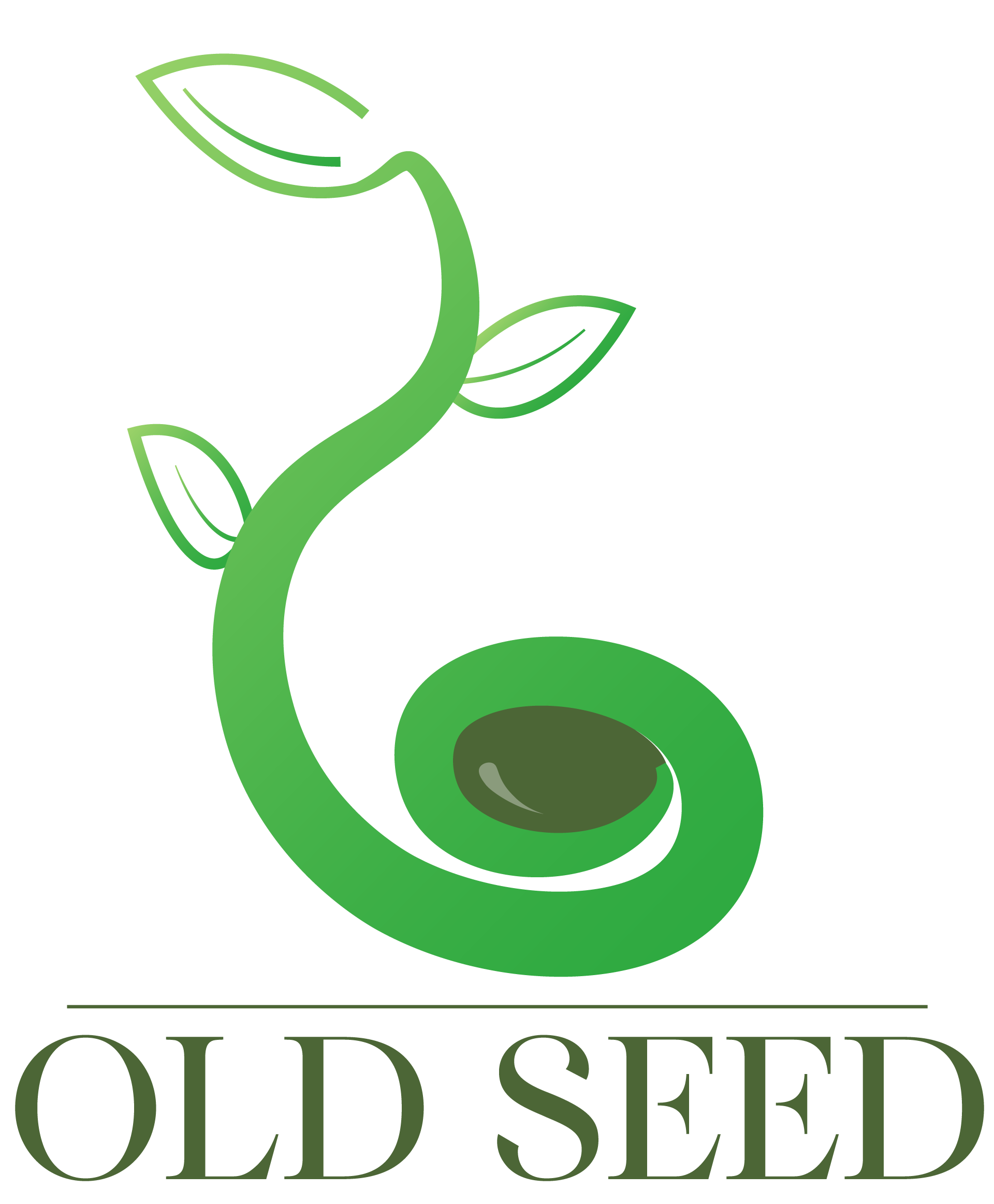
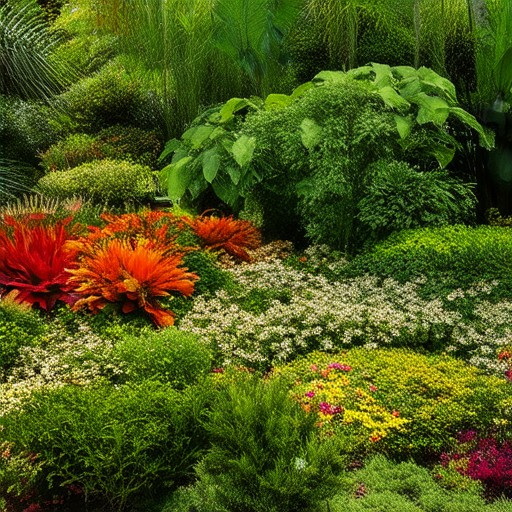
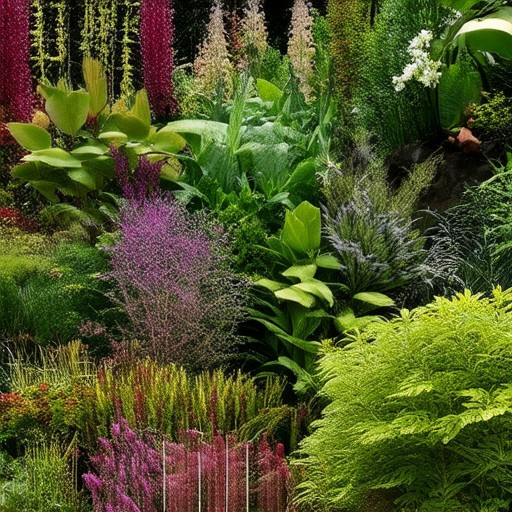


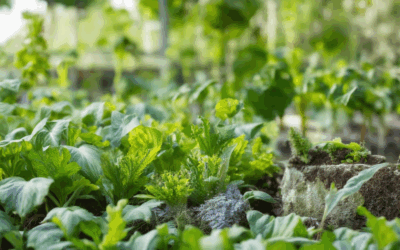
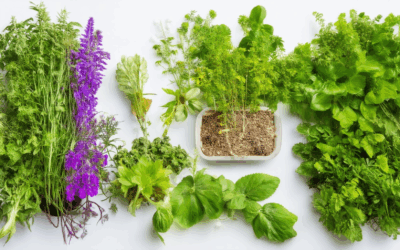
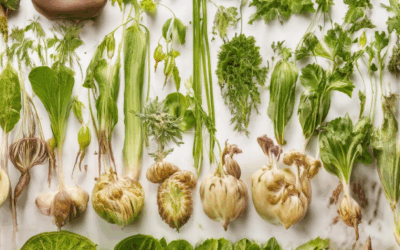
0 Comments